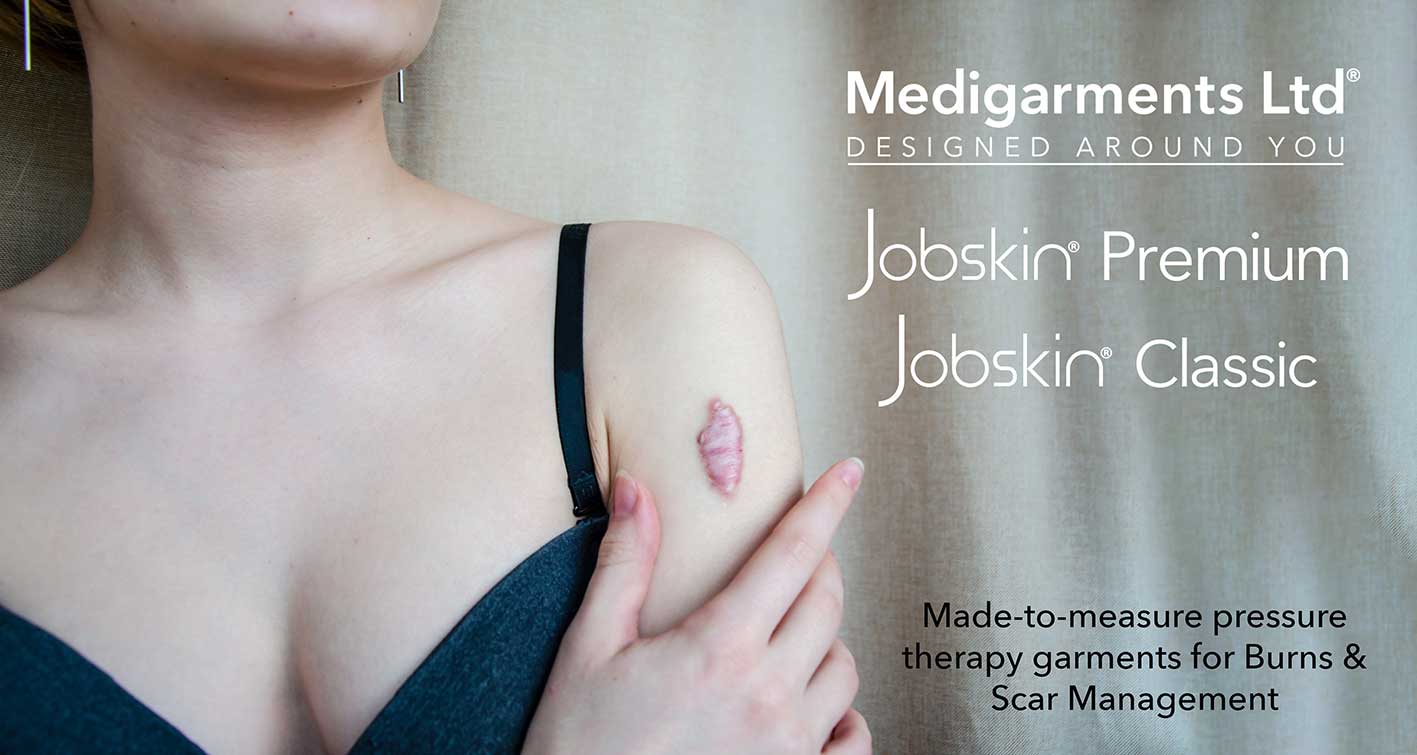 Burns are one of the most common types of injury, with many thousands of people sustaining them every year. This high prevalence can be attributed to many factors, most notably just how many different ways there are in which a person can be burned.
Burns are one of the most common types of injury, with many thousands of people sustaining them every year. This high prevalence can be attributed to many factors, most notably just how many different ways there are in which a person can be burned.
Whether a burn is caused by flames, scalds, chemicals or even simply by the sun, it can result in scarring, which can have lasting impacts on both physical and mental health. When the skin is burned, the body reacts in the same way as if the injury were a wound; that is, by sending white blood cells to the affected area to contain the injury and to prevent the occurrence of infection. As the skin heals, new cells begin migrating to the area and growing in an attempt to 'fill in' the skin that has been damaged.
As time passes, the body begins to produce scar tissue, which is largely composed from collagen fibres of different types. In some cases, the new tissue that forms can be similar in appearance to the original skin. In many cases, however, the body produces an excess of these collagen fibres. Sometimes, the new scar tissue can reduce in size and can even stick to tendons and muscles in the affected area. When any of these things happen, burn scars can form. How severe such scars become can depend on numerous factors, including the depth of the burn and the status of the patient's health, genetics and level of nutrition.
Hypertrophic scars
The usual type of burn scars are hypertrophic and, forming inside the burned area, are raised and are red or purple in colour. Itching and discomfort are often associated with hypertrophic scars, which are more common in people with darker skin and in children. If the scar shrinks over time and/or the burn has damaged tendons, muscles and deep layers of skin, they can tighten and result in what is known as a contracture scar.
- Hypertrophic scars normally start forming from six to eight weeks following an injury, reaching a plateau around six months later
- As they inhibit the flexibility of the skin, they can sometimes restrict movement
- Though hypertrophic scars can affect any gender or ethnic group, they tend to be more common in people between 10 and 30 years of age; this is attributed to the fact that these age groups produce collagen at a higher rate
- Generally occurring on the neck, shoulders, upper limbs and earlobes, hypertrophic scars can be itchy and sometimes even painful
Though they are benign, the scars can cause significant mental distress: according to PubMed, three-quarters of people with hypertrophic scars said that their biggest worry about the scars was how it affected their appearance as opposed to how it affected their health.
Keloid scars
Some people who have been burned can suffer from keloid scars, which grow beyond the borders of the original burn site. Raised and thick, keloid scars can develop many months after the original burn injury. Studies published by the British Association of Dermatologists have identified the following risk factors:
- Keloids are most likely to develop following injuries from burns, scars from acne, wounds that have been infected or where the skin has been significantly tightened during the process of healing
- The most common locations for keloids are the upper chest, the sternum, the shoulders, the chin, the neck and the lower limbs. Keloids can also affect the ears after they have been pierced
- Keloids most commonly occur in people between puberty and 30 years of age and are more likely to affect people who have previously had a keloid scar
- Keloid scars sometimes appear or increase in size while a woman is pregnant
There are numerous ways of managing burn scars, such as treatment with silicone gel. Another method, one that has been well documented in its effectiveness, is to wear pressure garments such as those from the Jobskin® Premium and Jobskin® Classic collections. Designed, developed, and manufactured in the UK using Lycra® fabric, these made-to-measure garments deliver constant, calculated pressure across the scar area, helping to achieve a positive patient outcome in terms of both functionality and aesthetic appearance.
The high quality Lycra® allows the skin to breathe and stay at a cool, comfortable temperature, combining excellent finishing with unmatched cost-effectiveness. Our pressure therapy garments are designed to deliver optimum results in terms of both aesthetic and functional patient outcomes. Both Jobskin® Premium and Jobskin® Classic garments can be personalised from a wide selection of options to improve patient comfort and compliance.
Please browse the Medigarments Ltd website for more details about our pressure garment ranges. If you would like to regularly receive our weekly article, along with other news and updates, please subscribe to our monthly newsletter and follow us on LinkedIn, Facebook and Instagram. If you have any questions or need expert advice, you can get in touch with a member of our dedicated clinical team who will be more than happy to assist.
Jobskin® Premium and Jobskin® Classic pressure garments by Medigarments Ltd. Jobskin® is the registered trademark of Medigarments Ltd.

